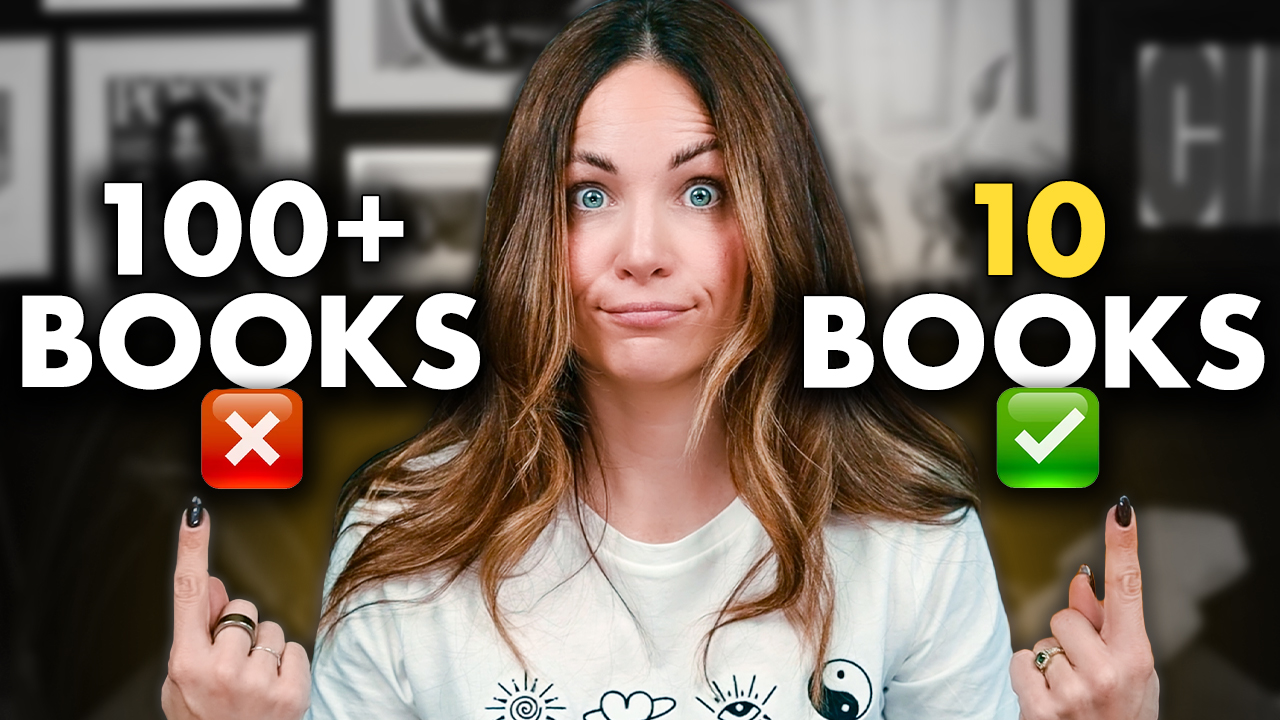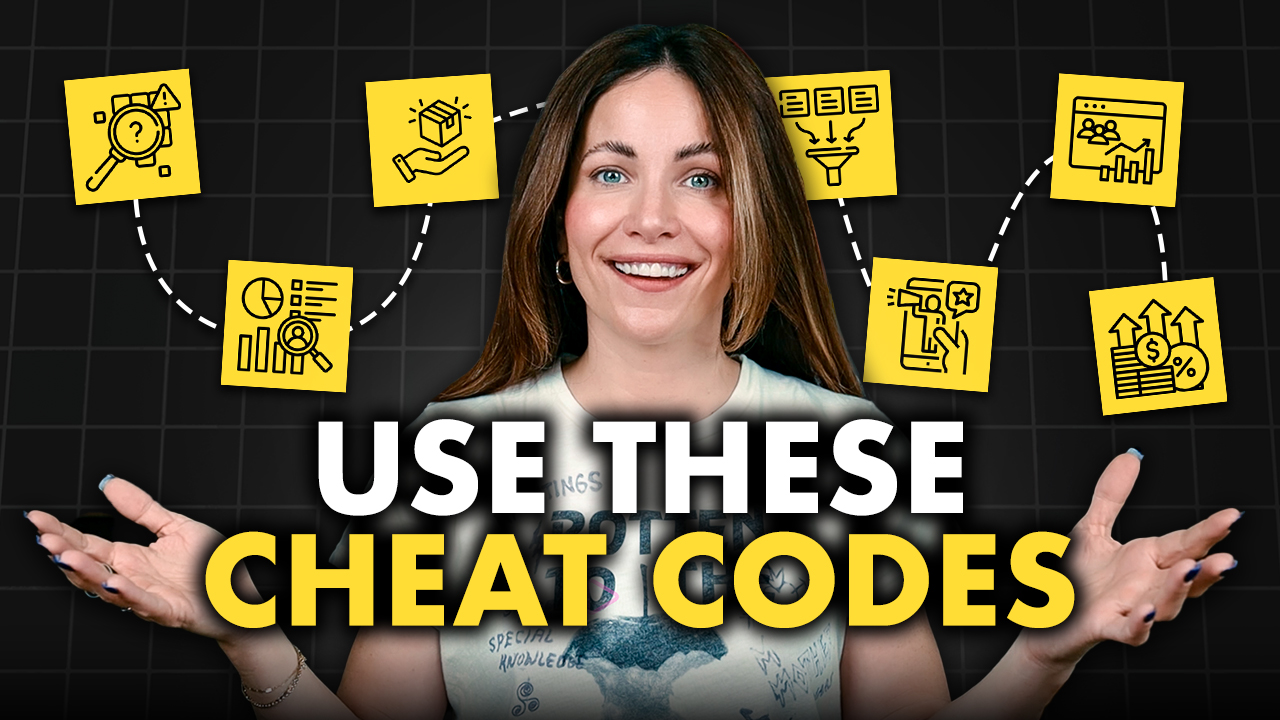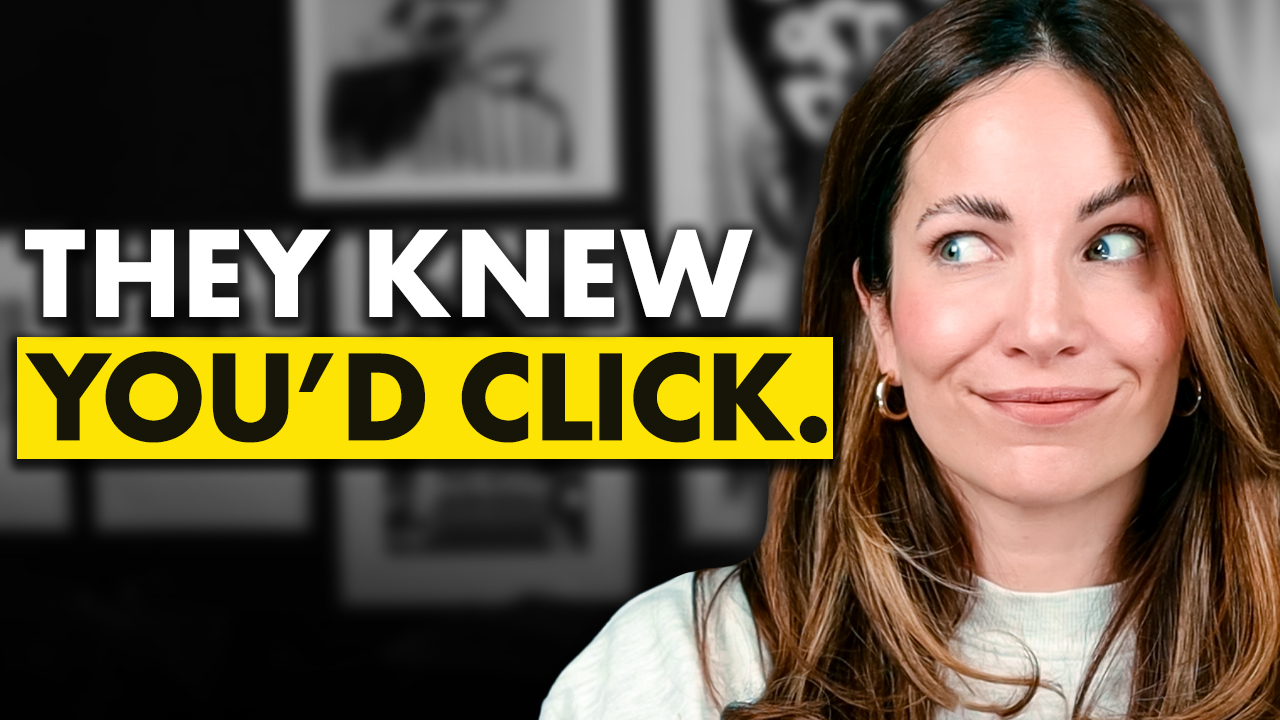How To Make Your Sales Copy Too Legit To Quit!
What’s up guys! Today I’m sharing the 9 components of a compelling sales offer. Here’s the thing….
As copywriters, it’s our job to write offers that CONVERT! It’s why we’re hired and it’s why we’re paid the big bucks. As I like to say, the right phrase pays. Your #1 priority should be to convert more eyeballs into clicks. More clicks into leads. More leads into customers and more customers into recurring customers!
So, whether you’re looking to start a freelance copywriting business, or launch a new product or service online, every piece of sales copy you write needs a set of 9 very specific components in order to make it compelling and effective…
Now, it doesn’t mean offers that skip these components will never make a sale – after all, all that REALLY requires is an offer.
“Buy this, for this much, k?”
But a COMPELLING HIGH-CONVERTING offer is like a delicious craft cocktail. Sure, you can have a shot of crappy tequila and call it a day, but that does not a cocktail make… and your chances of having another one are pretty low.
So, I’m going to share all the ingredients that will drastically increase your offer conversion rate and make people feel great about buying from you – with no purchase hangovers!
These 9 sales techniques should be your GO-TO checklist anytime you’re writing a landing page or sales page.
And in later posts, I’ll be going much deeper into each one of these core components to give you a clear idea of the different ways they can be used, because no two offers are exactly the same! While you’re here, be sure to subscribe to my YouTube Channel so you don’t miss a single tutorial from me!
Now, these 9 compelling offer components are what I include in every single piece of copy I write for on-site conversions. So that’s either an opt-in page (where the goal is to get an email lead) or a sales page (either a written sales letter or video sales letter where the goal is to make a sale).
Here they are in the most effective order of sales flow:
Component #1: The Headline
Headlines are strategically-written attention-grabbing statements with the sole purpose of getting a viewer to engage with you. In the case of writing sales copy, the goal of the headline is to pique your prospect’s curiosity enough to get them to continue reading or listening.
Check out my post on How To Write HOT Headlines here!
Component #2: The “S-Hook”
In copywriting, a hook is any idea that hooks the viewer’s interest. You should open a loop with your headline, and then continue on with the hook concept as you begin your sales message.
It should provoke an emotion and help the reader identify with you. This is when your prospect self-selects. It’s when they decide if you’re actually talking to THEM!
That’s what makes this the single most important component of any sales page. It’s the hardest part to write, but also my most favorite because it’s where you get creative. When it comes to the 80/20 rule. This is the 20% of the copy that takes 80% of your time, but it also makes 80% of the impact.
Before I talk about why I call this the “S-Hook”, I want to share a quote from TV producer and marketer, Blair Warren. His famous “One Sentence Persuasion” perfectly sums up the importance of a great hook. He says…
People will do anything for those who encourage their dreams, justify their failures, allay their fears, confirm their suspicions and help them throw rocks at their enemies.”—Blair Warren
This component of your sales message needs to do at least one of these things…
Now, why I call it an S-Hook is because this is most easily done in one of 3 ways…
- Story
- Science
- Supposition
I’ll talk more about these 3 S-Hook angles in a future post.
Comment below and let me know if you want to learn more about this!
Alright moving onto #3…
Component #3: The Problem
Put quite simply, you must address the pain or problem the viewer is feeling. No, not by putting salt in the wound, but by allaying their fears. You want them to know that you understand what they’re going through, that they are not alone and that you’re here to help.
There’s a wide spectrum of opinions on how much pain-focused marketing should be used. But I’m here to tell you it is absolutely necessary for an effective sales message AND you can do it in a way that showcases empathy and understanding, rather than fear and force.
Component #4: The Offer
Ah yes. Probably the most obvious component of a compelling offer….
The actual offer. This is where you present your solution to said problem.
The #1 most important thing to remember about your offer is that the value should always be greater than the price! And that doesn’t mean what YOU feel the value of your product is, but what your ideal prospect would happily pay for the solution you’re offering.
The greater the value/price gap, the more irresistible your offer!
Two ways to create this gap is through:
- Discounts
- Premiums
Discounts are a temporary or exclusive decrease in price and premiums are additional bonuses that bump up the overall value. A great offer includes both, maximizing that price/value gap. Obviously, in the case of a landing page that simply asks for an email opt-in, the price is 0.
However there is still a cost associated with giving an email address – your prospect will always ask, “Is it worth it?” You must offer value to overcome this perceived cost.
Component #5: Benefits
Whereas the solution is WHAT you’re offering, the benefit is WHY someone should buy it. This part of your sales copy should list all the benefits one can expect to receive when purchasing from you (or opting in with their email address).
This is the perfect time to overcome potential objections your prospect might have. Also, you always want to promise some sort of immediate benefit.
While your product or service may not offer overnight results, you want your prospect to feel excited about what could happen in the next few minutes – what will they get? How can you support them immediately?
Why should they want to buy right now…
Component #6: Social Proof
Social proof allays your prospect’s fears, creates massive trust and builds authority. In any way you can, you want to show how many other people have benefited from your product or service.
This can be done through showcasing reviews, testimonials, social media comments or follower size. Include as much of this as possible throughout your sales message and more heavily at the clear point of conversion, like right before you present the offer or on the shopping cart page.
And this goes without saying, but use only REAL social proof. If you’re not you won’t be in business long.
Component #7: Scarcity
It’s a term used commonly in economics for when demand is greater than supply. In marketing, it’s the principle of making products or services seem limited in someway, and therefore harder to obtain (and don’t we always want what we can’t have)?
FOMO is the real deal and is the precise reason we use scarcity in sales and marketing. Scarcity gives your prospect a reason to buy NOW.
We see it used everywhere. When you’re booking a hotel and it says “only 2 rooms left at this price.” Or when you get an email about a 24-hour seat sale on your favorite airline.
It’s there because it works very, very well. Therefore, in order to have a compelling and effective offer, you should absolutely include it in your sales messaging.
There are 4 different types of scarcity, and I covered that already in another blog I just linked!
Comment below and let me know where else you see scarcity popping up in the marketing around you. It’s literally everywhere and, if done right, it won’t seem hypey or pushy.
Component #8: Risk Reversal
Hopefully by this part of your sales offer you’ve built up so much value and created enough trust that all you need to do here is share all the stuff that just makes for good business – your guarantee, payment terms, and purchase expectations.
People like to be told exactly what is going to happen next, how safe and secure their order and credit card details are, and when and how they can expect to receive their purchase.
These should be written in very concise and clear terms to make it as easy as possible for your prospect to get off that fence.
Component #9: A Call-To-Action
You need to tell your prospects what you want them to do! What may seem obvious to you, like a “BUY NOW” button on the page, might not be all that obvious to others. On your sales or opt-in pages, include copy that tells people exactly what to do next.
For example… “Complete your details below to reserve your free seat” or “Click the button below now to get instant access”. The most important rule of copywriting is to have only ONE CLEAR AND CONCISE call to action.
You should only be asking your prospect to do one thing – and that’s to sign up or buy. Not share, comment, watch, like, signup, AND buy.
If your sales message is longer than a couple hundred words, include the call to action multiple times throughout your page or video… and definitely put your first CTA above the fold which means your prospect does not have to scroll in order to see it.
Woooo eeee, there you have it. The 9 components of an Alex-Cattoni-Approved sales letter.
And hey, if yo uwanna learn wayyyy more about writing copywriting assets like say, a sales page, check out my 5-Day Write & Ignite Challenge.
In this step-by-step video program, I’ll teach you the EXACT sales page formula and writing process I’ve used to help dozens of businesses execute multi-million-dollar launches and countless students land high-paying copywriting projects and clients… I promise you’ll come out of it with an AMAZING asset for your copywriting portfolio after.
Please give me a comment below if you found this helpful.
And when you share it on Facebook, Twitter or Instagram be sure to tag me @copyposse so I can say thank you!
P.S. I have a little gift for those of you who stuck around. Click here to grab my 9-Point Hot Offer Checklist where I share my detailed notes from this post along with a checklist that you can print off and use for every piece of new copy you write.
Until next time, I’m Alex. Ciao for now!


